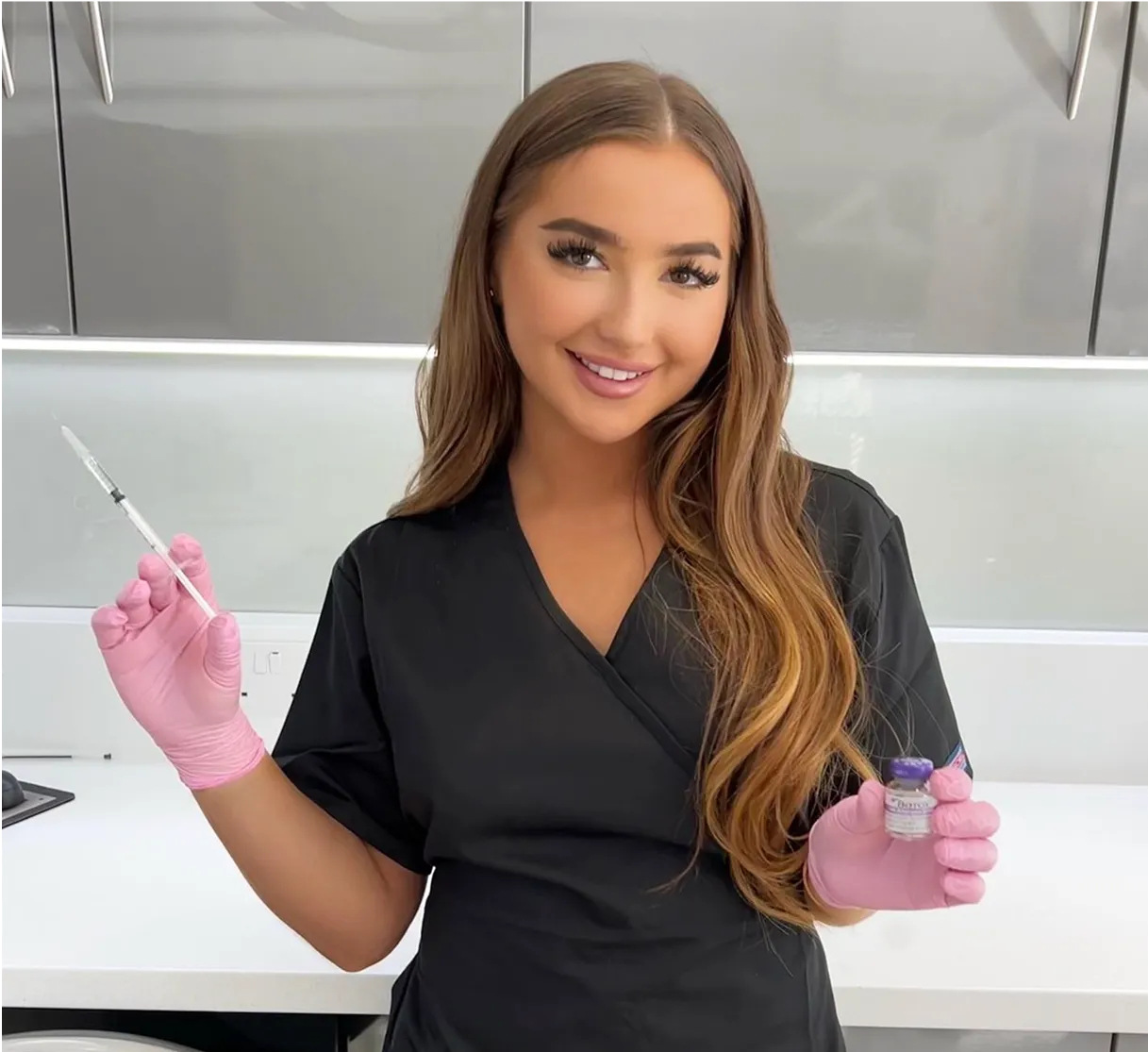When it comes to non-surgical aesthetic treatments, many people assume dermal fillers are the only way to restore lost volume and improve skin quality.
However, Sunekos is another powerful option designed to regenerate and rejuvenate the skin from within. While both treatments have their benefits, they serve different purposes.
In this guide, we’ll break down the differences between Sunekos and dermal fillers, helping you determine which is the right choice for your skin goals.
What is Sunekos?
Sunekos is an injectable treatment that stimulates collagen and elastin production, improving skin quality, hydration, and elasticity. Unlike dermal fillers, which physically replace lost volume, Sunekos works by encouraging the skin to repair itself.
How It Works:
Contains a unique blend of hyaluronic acid and amino acids to stimulate fibroblast activity in the skin.
Improves skin hydration, texture, and firmness over time.
Helps treat fine lines, crepey skin, and sun damage.
Particularly effective for delicate areas like under the eyes and around the mouth.
What are Dermal Fillers?
Dermal fillers are gel-like substances (typically hyaluronic acid-based) that are injected to restore lost volume, smooth out lines, and enhance facial contours. Unlike Sunekos, fillers provide instant results by adding structure and support beneath the skin.
How They Work:
Provide immediate volume and definition.
Used to enhance cheeks, lips, jawline, and nasolabial folds.
Can be tailored for a natural or more defined look, depending on preference.
Longevity depends on the type of filler and treatment area but typically lasts 6–18 months.
Key Differences Between Sunekos and Dermal Fillers
Sunekos focuses on improving skin quality and hydration rather than adding volume. It works gradually over time, stimulating the skin’s natural collagen and elastin production. This makes it an excellent option for those with fine lines, thin skin, or a dull complexion.
Dermal fillers, on the other hand, provide immediate volume and contouring. They are ideal for restoring structure to areas that have lost fullness due to aging, such as the cheeks, jawline, and lips. While Sunekos works more on skin quality, fillers are better suited for shaping and defining facial features.
Which One is Right for You?
The best treatment depends on your aesthetic goals and skin condition:
Choose Sunekos if you want a subtle, natural boost in skin hydration and elasticity, especially in delicate areas.
Choose Dermal Fillers if you need immediate volume, definition, or contouring.
In many cases, a combination of both can provide the best results—Sunekos to improve skin health and fillers to restore structure.
What to Expect from Each Treatment
Sunekos:
Procedure Time: 30 minutes
Downtime: Minimal, slight redness or swelling
Results: Gradual improvement over 3–4 weeks
Ideal for: Fine lines, dull skin, under-eye concerns, skin laxity
Dermal Fillers:
Procedure Time: 30–45 minutes
Downtime: Some swelling or bruising possible
Results: Immediate, with full effect in 1–2 weeks
Ideal for: Cheek volume, lip enhancement, deeper folds and wrinkles
Final Thoughts
Sunekos and dermal fillers are both effective aesthetic treatments, but they serve different purposes. If you’re looking for a natural skin boost with long-term benefits, Sunekos is an excellent choice. If volume loss or contouring is your main concern, dermal fillers may be the better option.
Still unsure? Book a consultation today to discuss your goals and get expert advice on the best approach for you.















